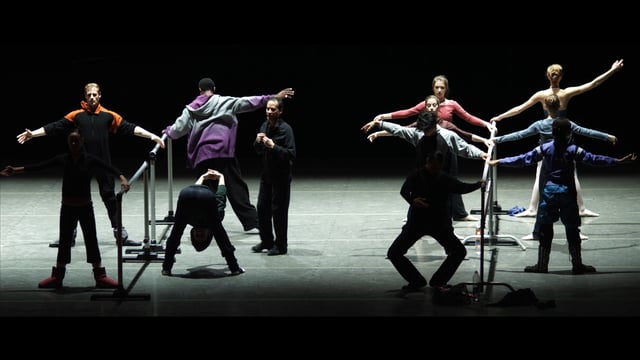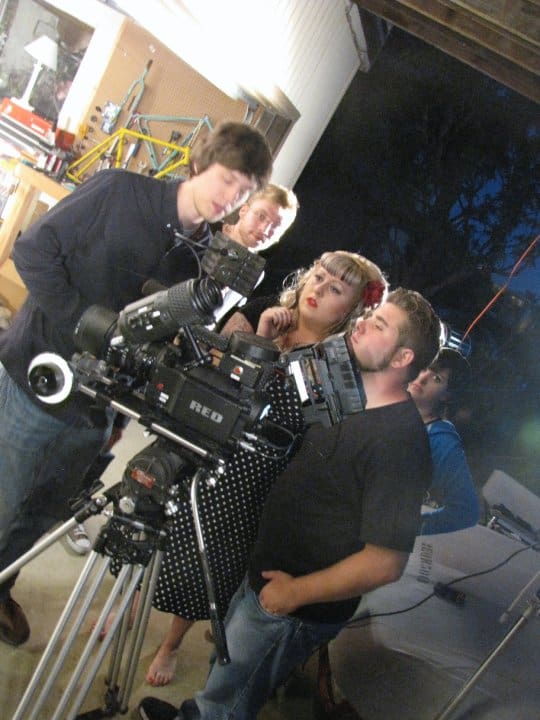
The 4k/6k/8k/12k RAW Difference
4k/6k/8k/12k, RAW, 16Bit or 12Bit, SLog3, SSD, MultiChannel Discrete. Words that are at the heart of everything that we do, even if they may sound like gobldygoop.
CLAi are built on one simple truth – Quality Shines. It doesn’t matter what you do in a visual and aural medium, if it is of the highest quality then it will make the actual content stand out 95% of the time. If you couldn’t make out Dr King’s words then you wouldn’t have a dream – if you couldn’t see Armstrong’s feet as he touched down on the moon then it isn’t one small step.
It’s one of the most obvious statements I can make, but one that is forgotten time and time again by production companies and their clients, unless there is a good reason not to, then at a minimum you should be able to see and hear what is put before you, and it should be the right color and sound like reality. (and strangely enough most of my work as a colorist and sound sweetener is still about correcting these flaws) And when you have a result that looks and sounds great, then you can start to add nuances with the textures of light, the colors of objects, the way things move and the nature of the sound to create a look or a mood to control how an audience react to a piece in a designed manner. But to do that you need to have the highest quality origination that you can and to allow you the greatest flexibility to change it.
We are still very much in a world where 29.97 frames per second 1920×1080 HD 8Bit video and television rule the day, whatever the capability of our devices. We do have the option of shooting video in 8k with the RED Helium, and at 3,000 frames a second on a Phantom Miro – but these are excessive standards for most projects that put too much of a burden on other pieces of the equation.
To our mind the goal is to shoot at least at true 4k 4096×2160 pixel images at 24 frames per second, and the highest color bit depth realistically possible at 16 Bit (256 times more colors than 8 Bit color depth). This combination gives a truly spectacular image palette to work with, and provides many possibilities for the editor and colorist to take the pictures in different directions. Shooting in SLog3 allows the camera to have an increased latitude, giving 14 plus stops instead of the usual 10 or so, and I can extend this even further by shooting High Dynamic Range, while SSD cards give me lots of capacity and lightning fast recording to handle all of this.

On the audio front we like to record up to 8 audio tracks on the camera in sync, 2 of which are mixed, but also record 8 or more tracks onto a separate digital recorder at a higher resolution
…letting the recordist keep each track of the recording discrete (and double record mics at two different levels in case of high or low levels). This allows the editor to position each clip of audio in the right space to match the action, as well as cleanly controlling the level mix independently.
4k or better allows me lots of control after the shoot. If I zoom it down to 1080P HD then I get an amazingly sharp image. But if I want to I can choose to reframe the 1920×1080 image inside the 4096×2160 picture I have captured and make two or more shots out of the one, or create a sideways dolly shot, or build a zoom in or out – without any appreciable loss in quality. You can add to this formula even more by shooting RAW images rather than regular encapsulated images – a RAW image is saved as data whereas a regular camera image is saved as pixels, where all of the possible variations that the camera can make before recording are burnt in and can’t be changed once the shot has been taken. So if I shoot a scene under green florescent lighting and don’t have the perfect color balance set in the camera then the subject will look very nasty. But if I shoot it in RAW I can change the color balance after the shoot to what would have been the perfect setting, and give them back natural skin. Juts one simple example of all of the camera settings that can be changed after the shoot is complete to images that are recorded RAW.
Shooting at 6k, 8k and 12k allow even greater quality at 1080P delivery, or the option of doing all of these things and delivering a 4k or UHD delivery for greater impact – and enhanced coolness!

So, we ideally want RAW for flexibility, 4k for image quality and coverage, 16 Bit color space, in Slog3.cine, onto SSDs with discrete multichannel recording.
The camera is only part of the equation, of course – lighting and audio are as critical to great asset collection, and we spend just as much time on these elements as we do on the camera stuff, as well as all of the camera support and motion elements, and the post systems.
Last but not least – nothing ever goes out of CLAi without being color graded and audio sweetened on our DaVinci systems. We always shoot for the grade, like all good professional cinematographers and DPs. So only after we have turned the raw assets into digital film does it go out for release – even if that means making LUTs to be applied by the editor when we are just brought in to shoot a project.
Why worry about all of these little things and getting everything just so? Because our footage will still be useable for many years, and still look and sound very good… and, as we know, Quality Shines.
